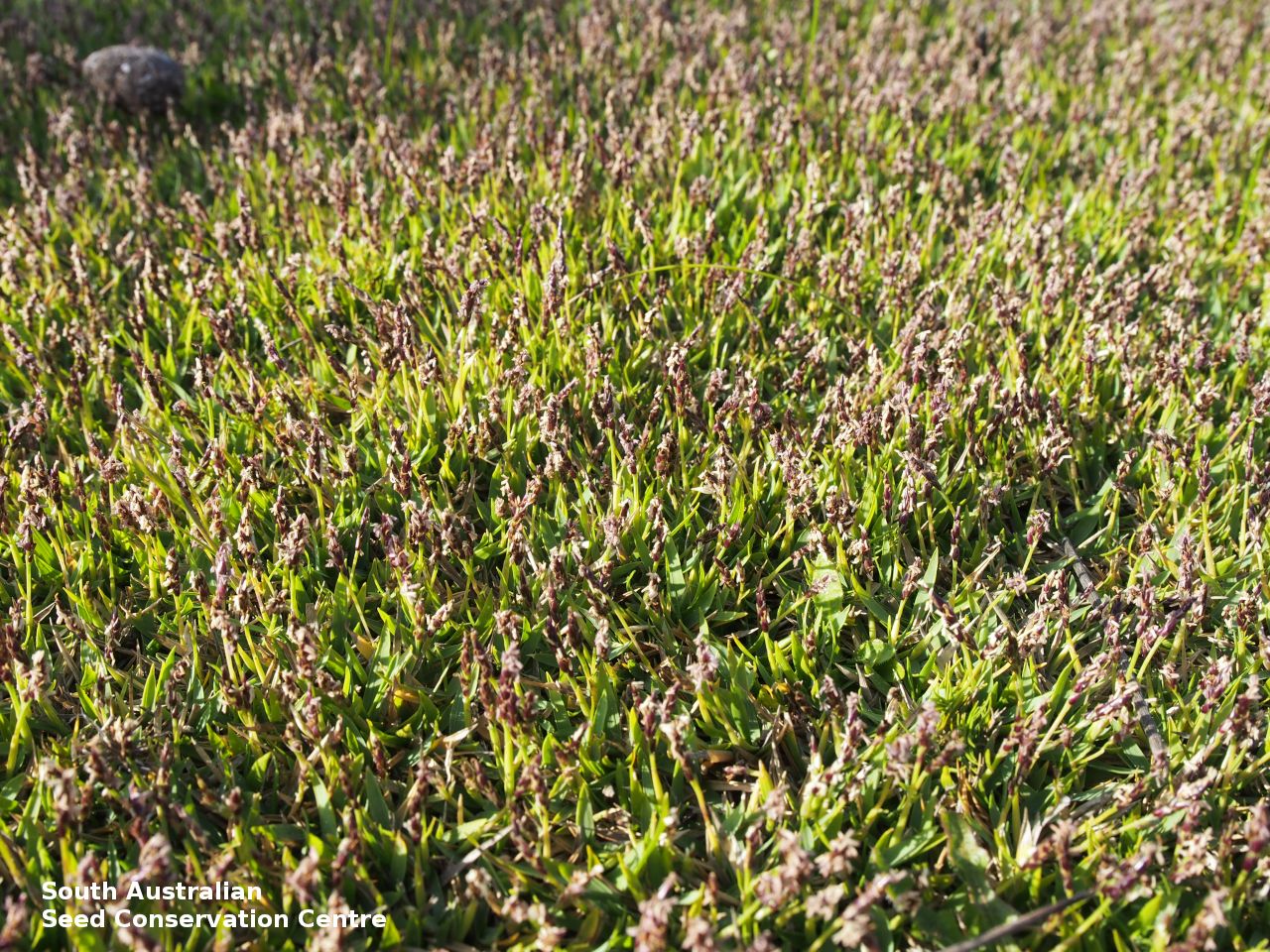
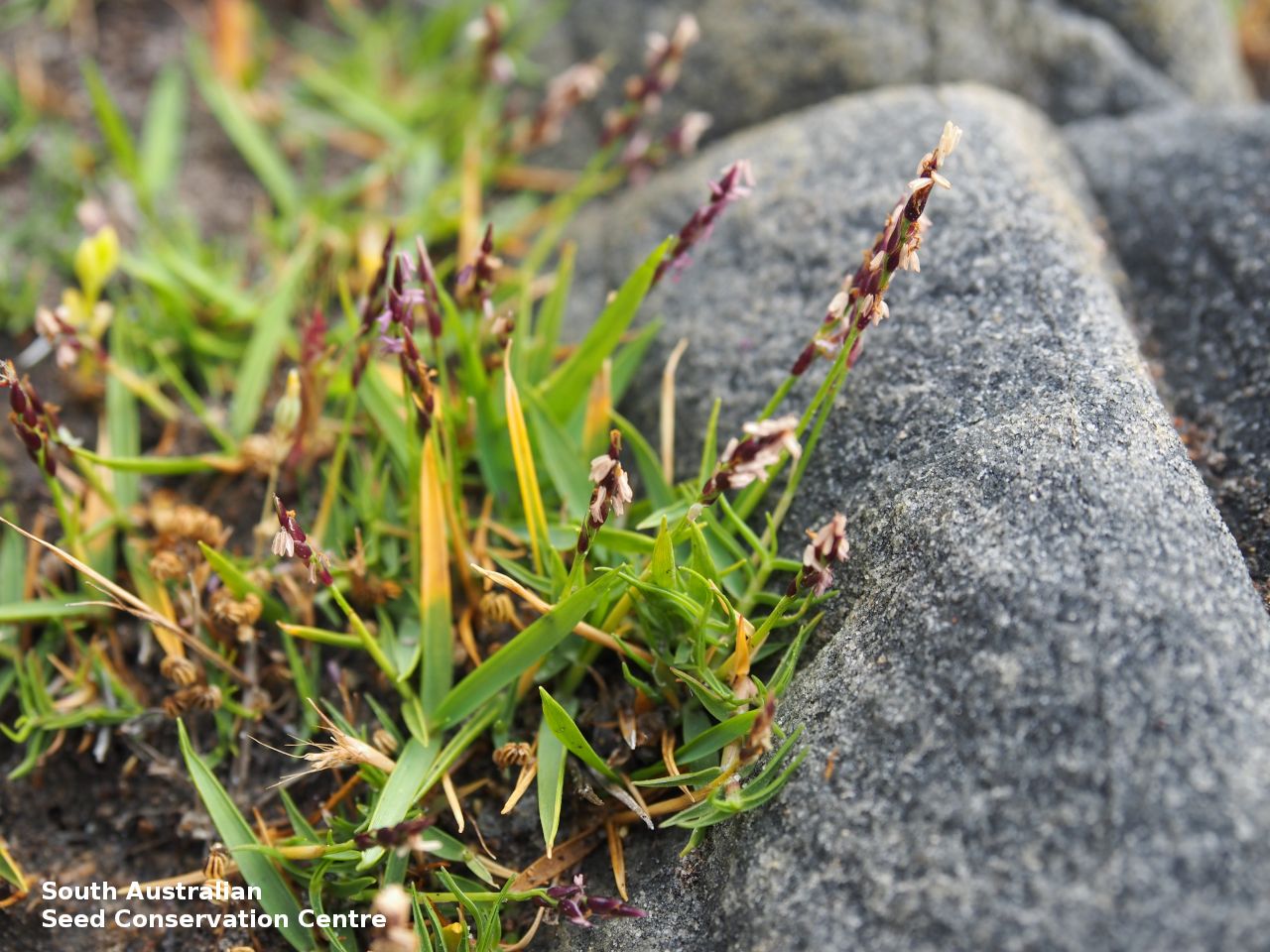
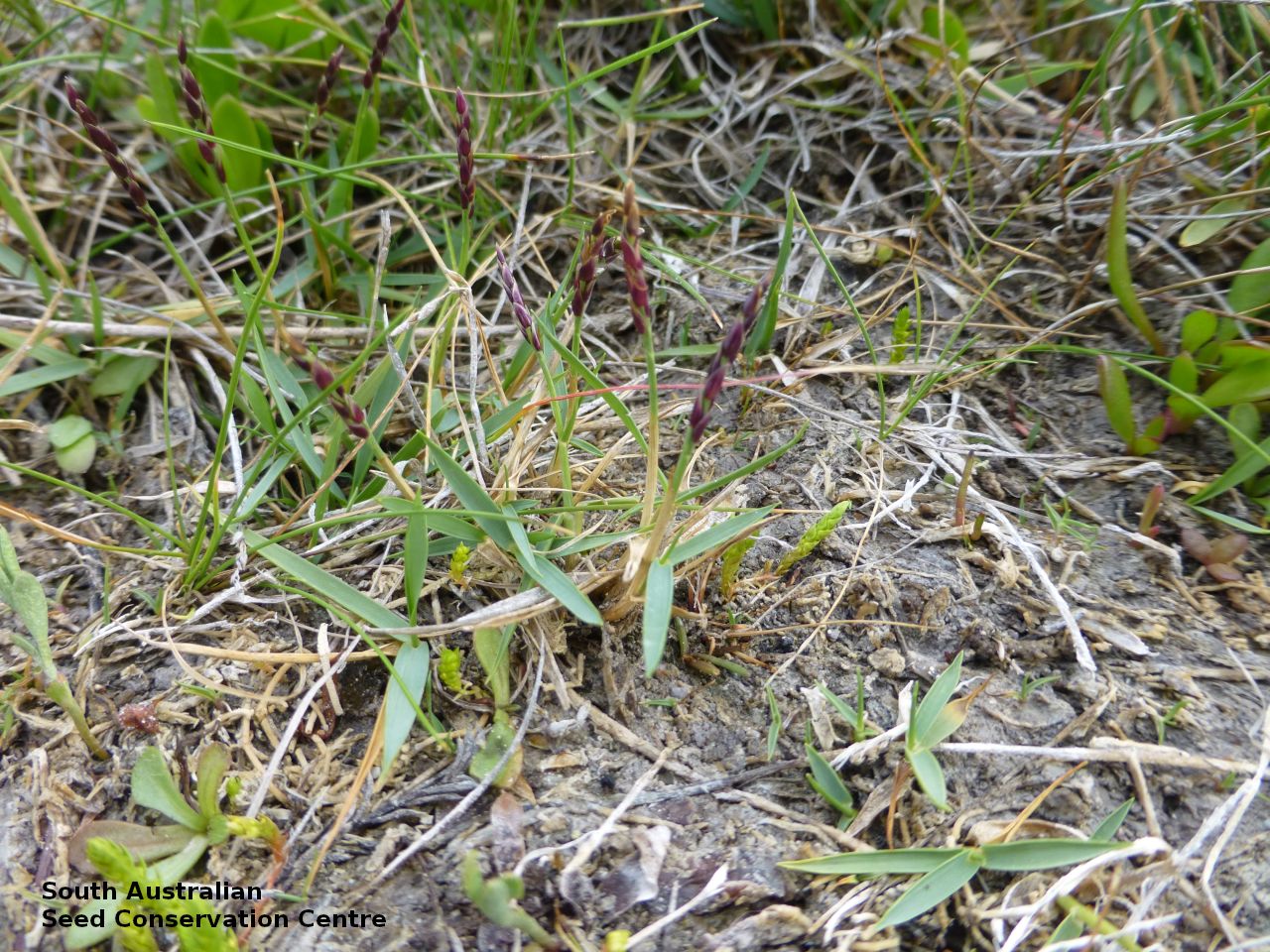
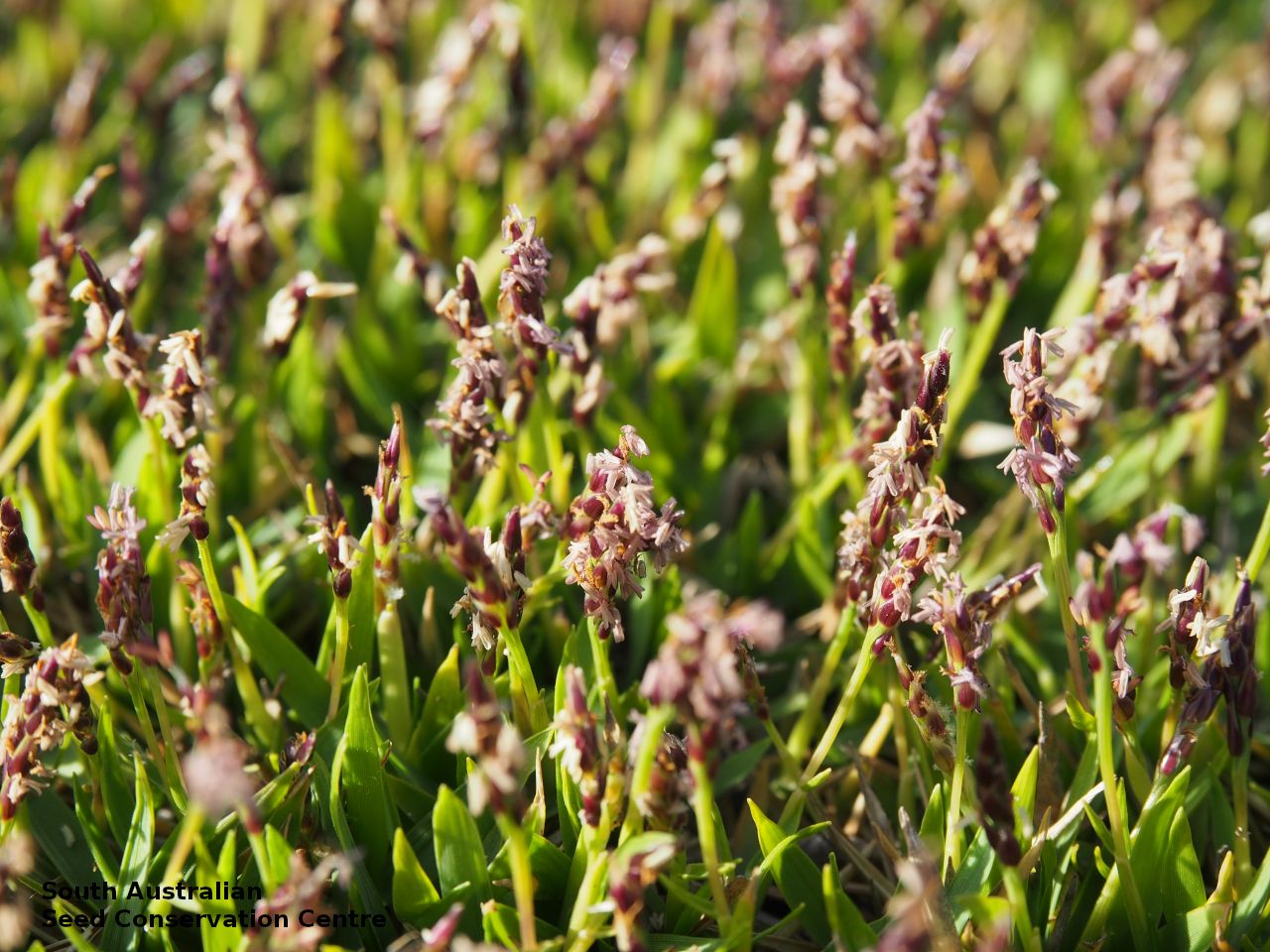
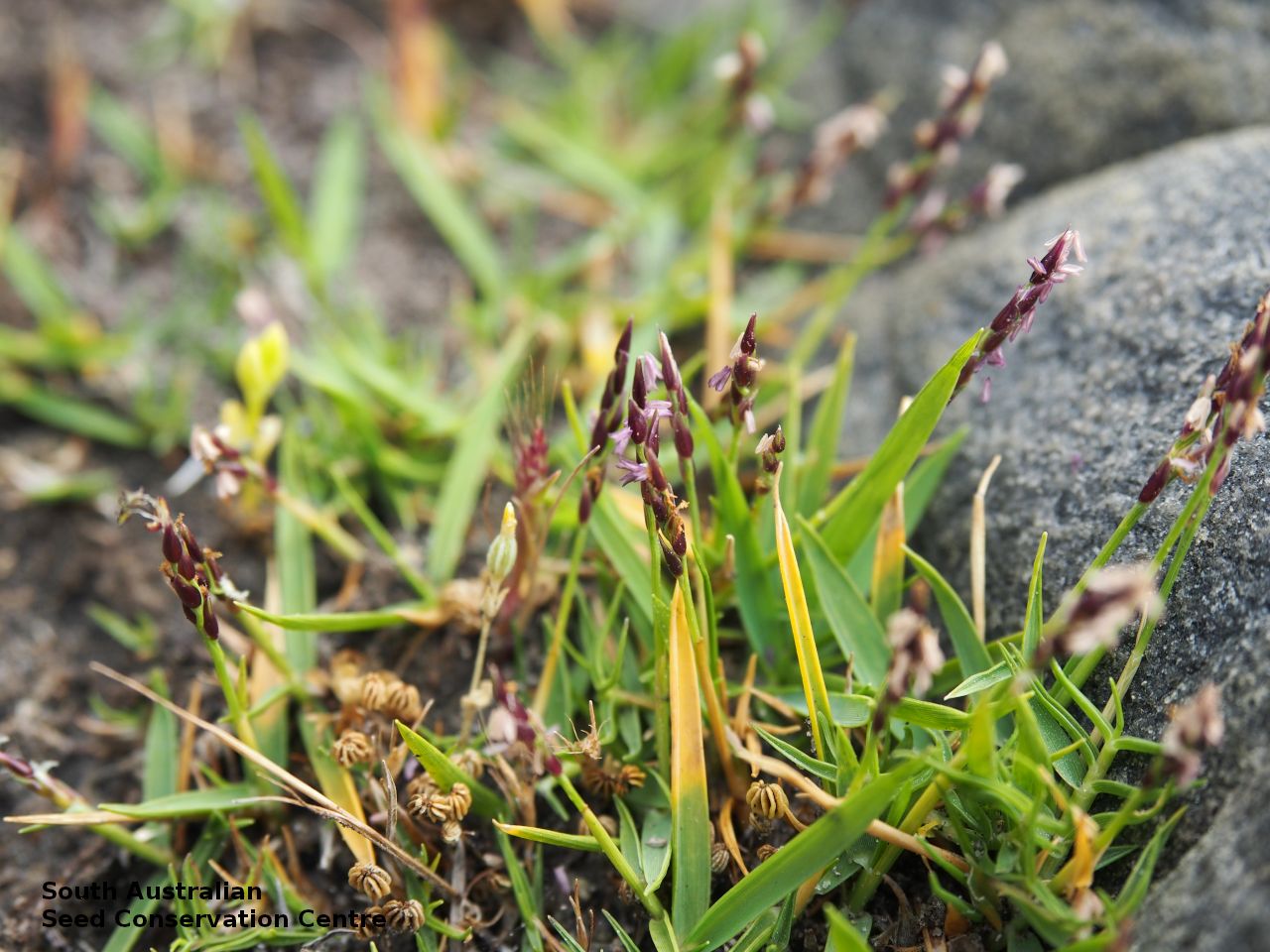
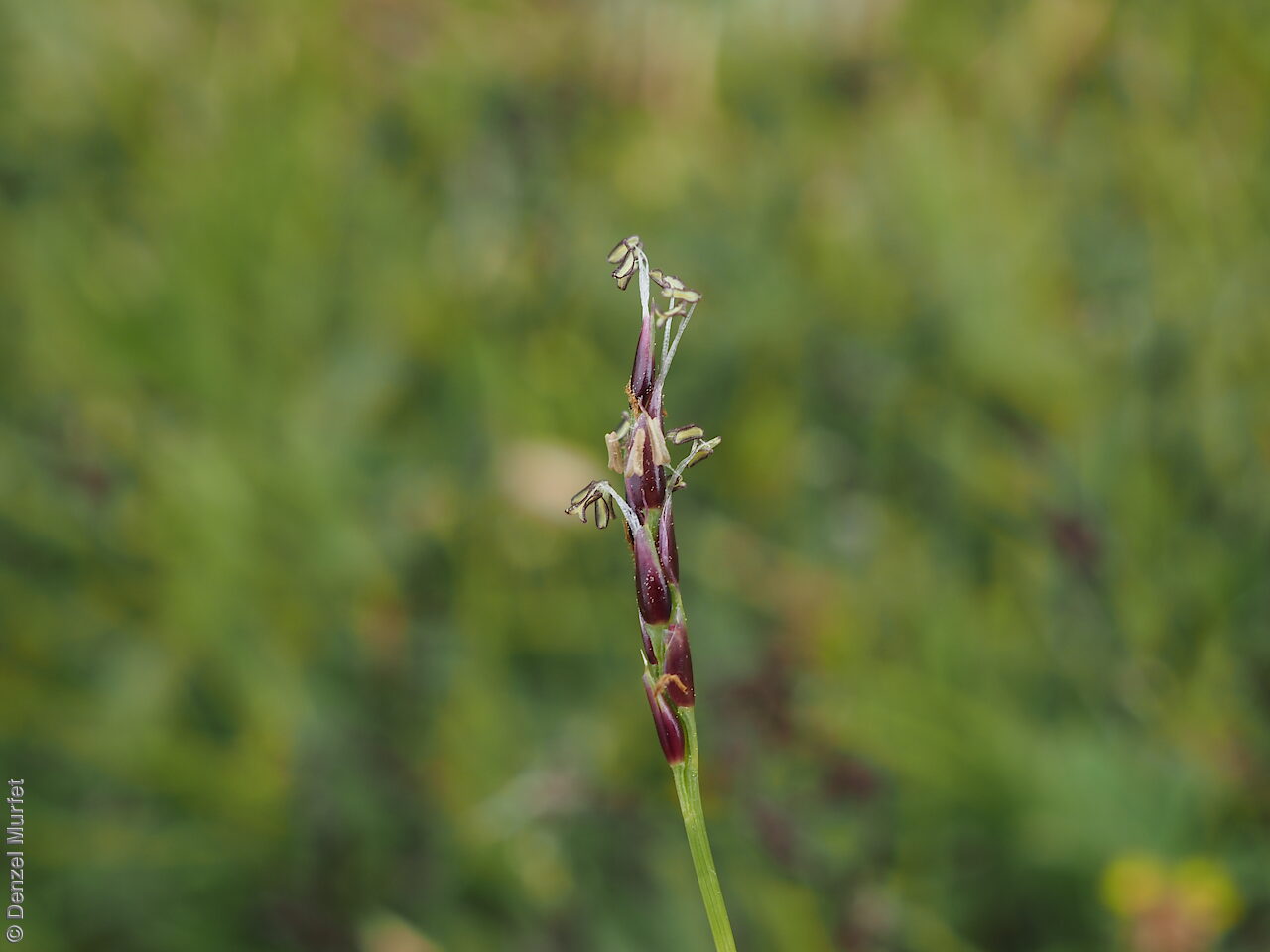
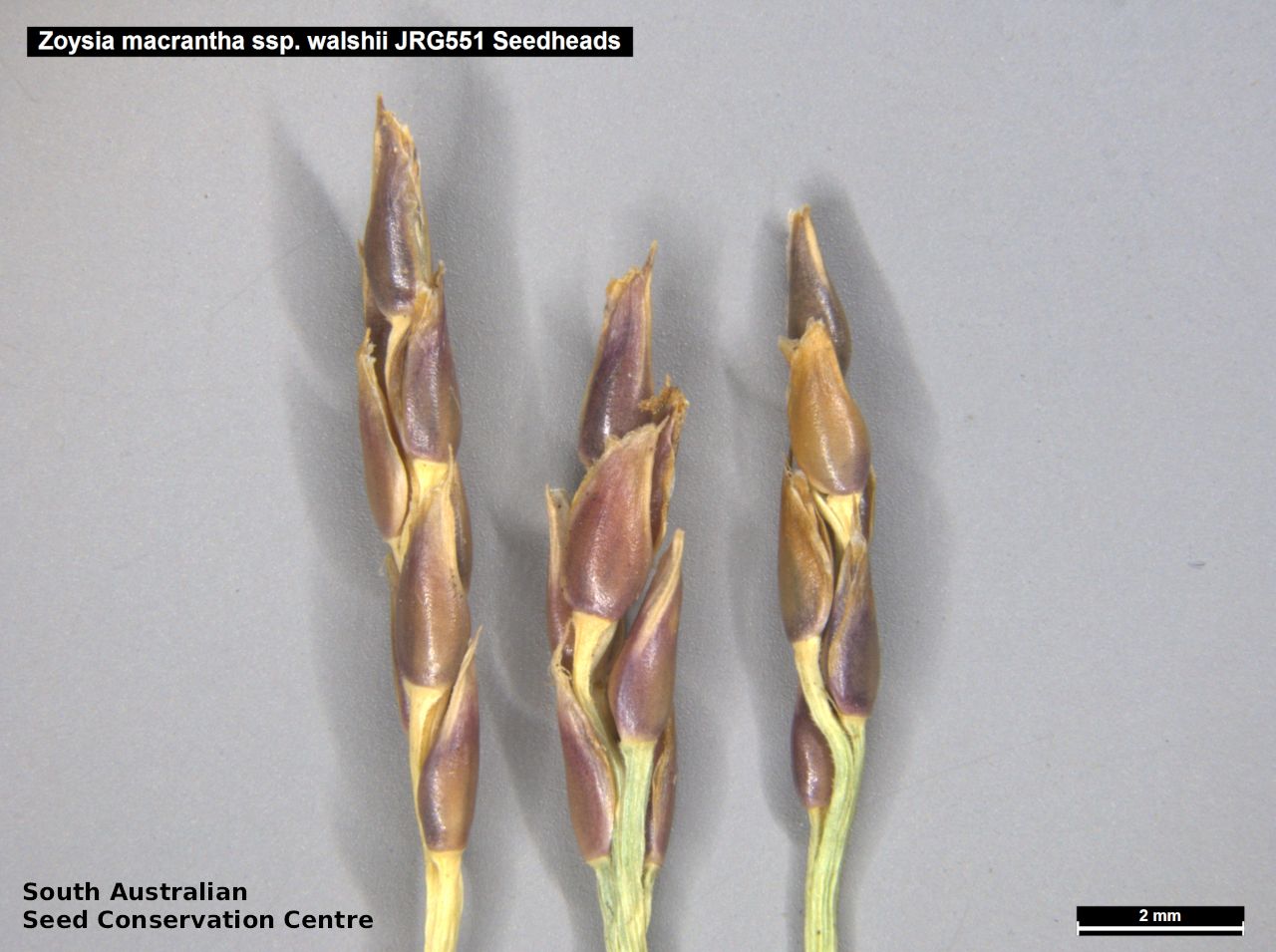
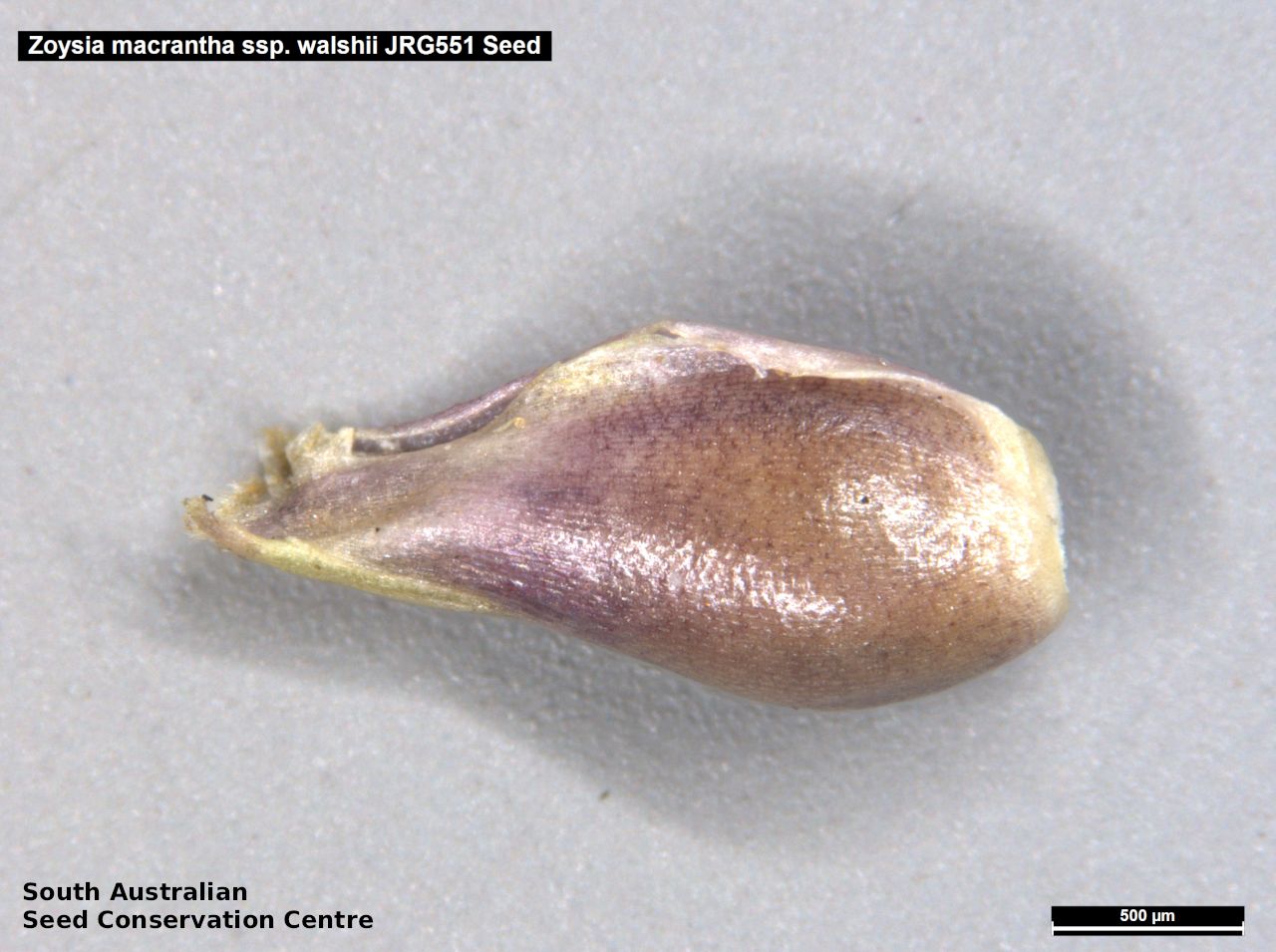
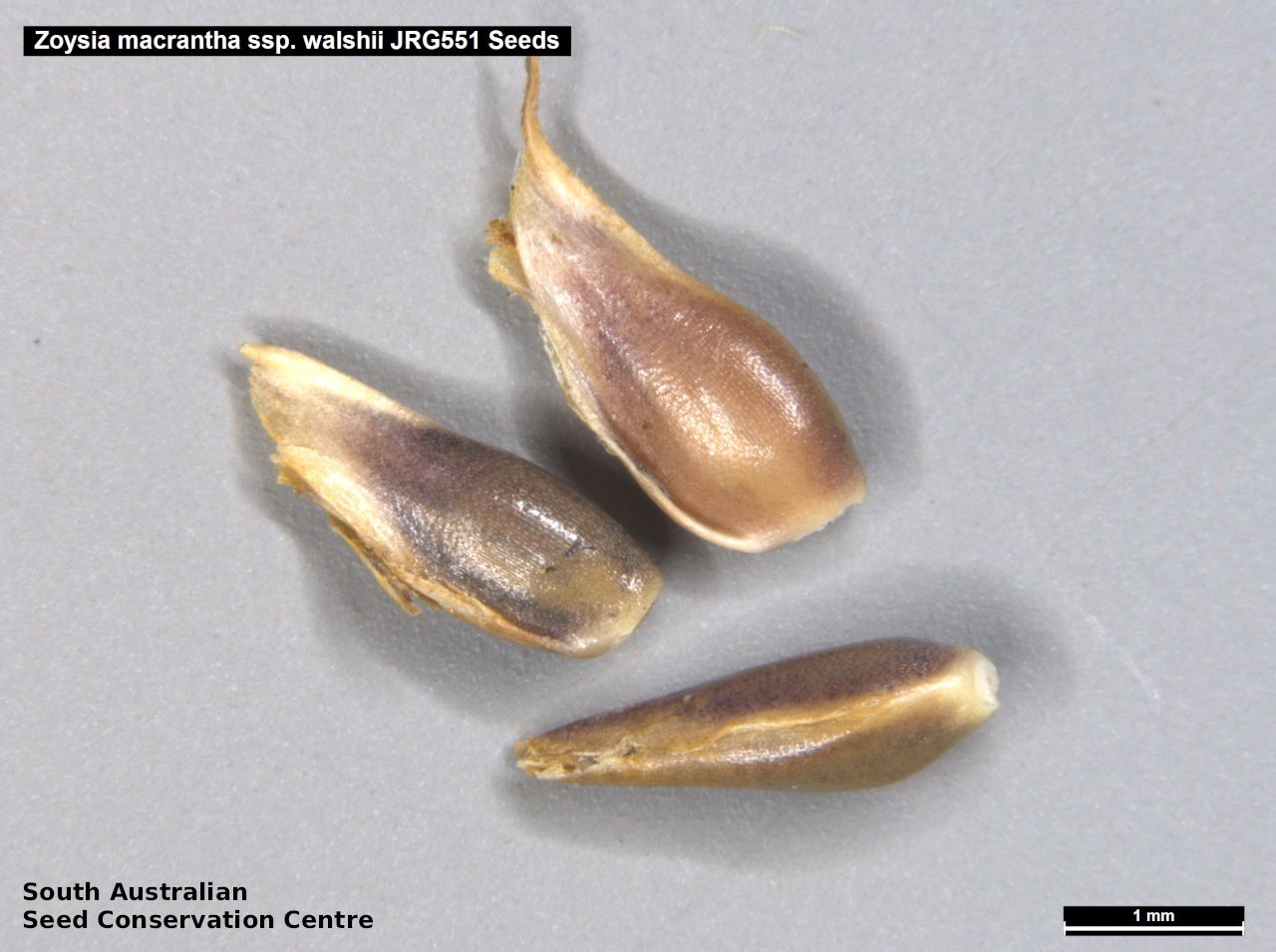

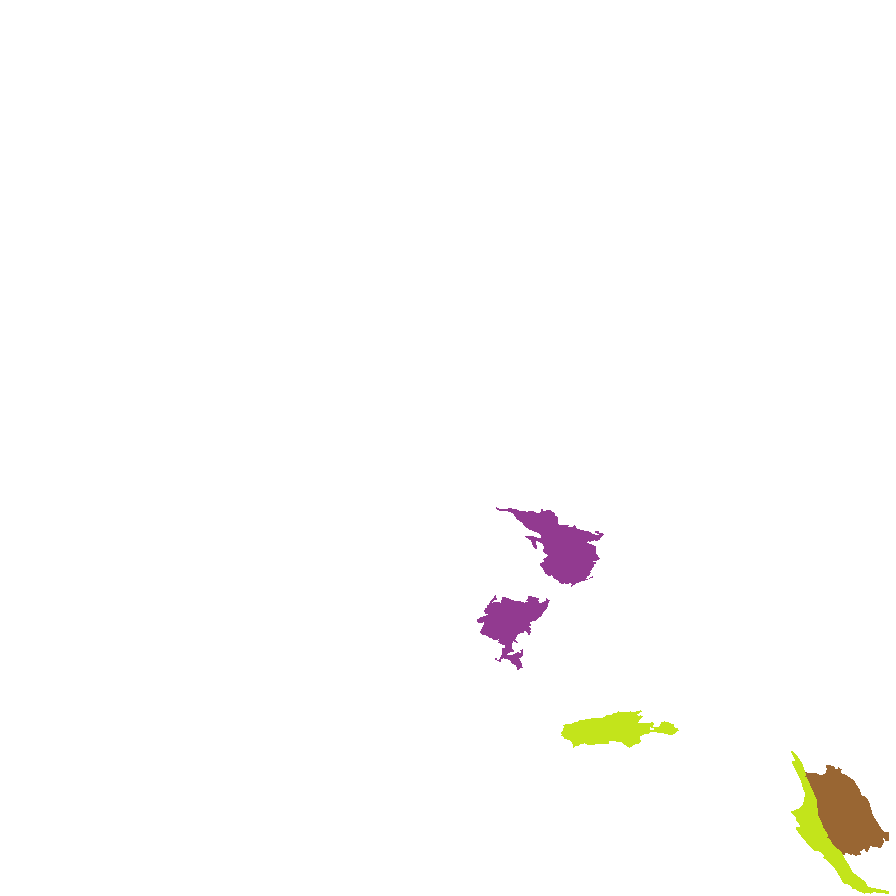
Botanical art
Prior names
Zoysia matrella
Common names
Walsh's Couch
Manila Grass
Etymology
Zoysia named after Karl von Zoys (Zois) (1756 - 1800), an Austrian botanist and plant collector. Macrantha from the Greek 'macros' meaning large and 'anthos' meaning flower, alluding to the large spikelets. Walshii named after Neville Walsh (1956-), Senior Conservation Botanist at the Royal Botanic Gardens Victoria who helped to elucidate this taxon and distinguish it from Zoysia matrella.
Distribution and status
Found on the lower Eyre Peninsula, Kangaroo Island and the South-east in South Australia, growing on black soil over clay around the edges of coastal saltmarsh and fringing salt lakes. Also found in Victoria and Tasmania. Native. Uncommon in South Australia. Rare in Victoria. Common in Tasmania.
Herbarium regions: Eyre Peninsula, Kangaroo Island, South Eastern
NRM regions: Eyre Peninsula, Kangaroo Island, South East
AVH map: SA distribution map (external link)
Plant description
Perennial grass with deeply buried rhizomes, culms and leaves on erect stems to 10 cm high. Leaves glabrous, blade to 10 cm long and 1.5 mm wide, often in-rolled when young, rigid, often sharp-pointed. Inflorescence a spike-like raceme with spikelets to 3 mm long, glume shining, often blackish. Flowering between November and April. Fruits are small short spike. Seed embryo type is lateral.
Seed collection and propagation
Collect seeds between January and June. Use hands to gently strip seeds off the mature seed spike that are turning straw colour. Mature seeds will come off easily. Alternatively, you can break off the whole seed spike. Place the seeds/spike in a tray and leave to dry for two weeks. No further cleaning is required if only seed collected. If seed spikes collected, use hand to strip off the mature seeds. Store the seeds with a desiccant such as dried silica beads or dry rice, in an air tight container in a cool and dry place. Seed viability is usually high.
| Location | No. of seeds (weight grams) | Number of plants | Date collected | Collection number Collection location | Date stored | % Viability | Storage temperature |
|---|---|---|---|---|---|---|---|
| BGA | 26,000 (13.1 g) | 100+ | 14-Dec-2016 | JRG551 Kangaroo Island | 1-Nov-2017 | 70% | +5°C, -18°C, -80°C |
Number of plants: This is the number of plants from which the seeds were collected.
Collection location: The Herbarium of South Australia's region name.
% Viability: Percentage of filled healthy seeds determined by a cut test or x-ray.